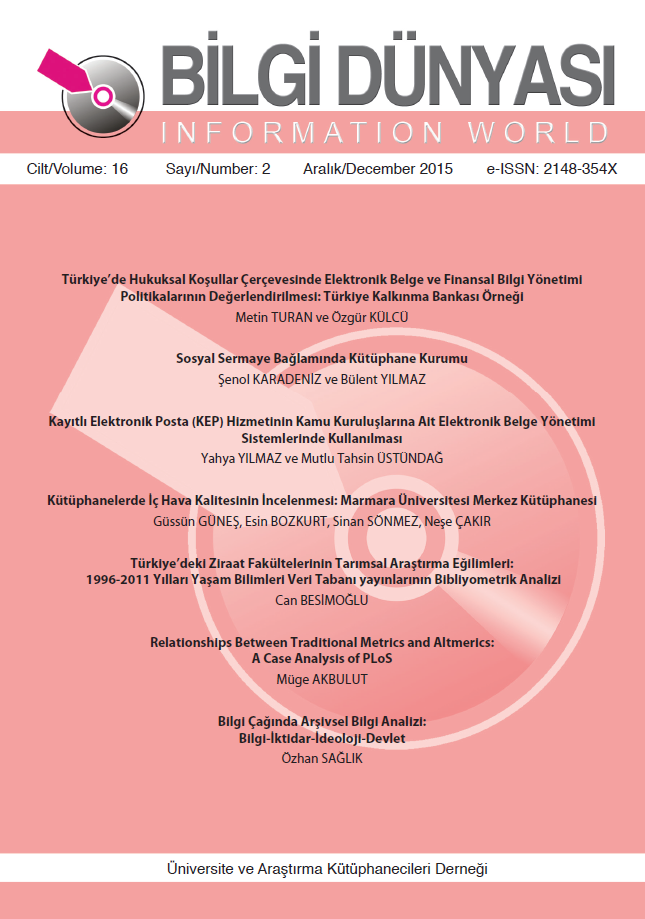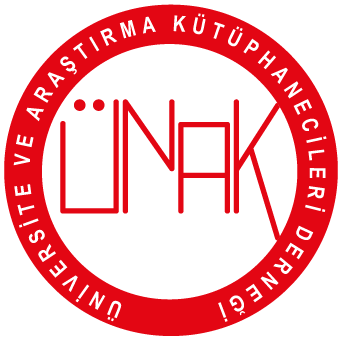An Investigation of the Indoor Air Quality in Libraries: Marmara University Central Library
DOI:
https://doi.org/10.15612/BD.2015.486Keywords:
Libraries, indoor air quality, dust, employee health, user healthAbstract
This study investigated the indoor air quality of the Marmara University Central Library. The inadequacy of the quality of air in an indoor working environment can not only cause individuals to suffer a loss of productivity, but it can also lead to various health problems. Particular matter is one of the important pollutants that affect indoor air quality. Particulate matter (PM) in indoor environments, depending upon the size of the particles (PM10, PM2.5, PM1), is one of the air pollutants that have an impact on human health. The percentage of indoor air pollutants varies according to the particular building in which they are contained, the regional location of the building and the cycle of the seasons. Prolonged exposure to particulate matter may lead to various health problems such as eye, nose and throat irritations, itching, allergies, cancer, respiratory disease, and heart conditions. In our study, we determined the effect of indoor air particles of a diameter of less than 10 microns (PM10) inside the library building on library employees and users. Data on PM10 concentrations and library users were collected over the period January 5, 2014 - June 1, 2014. While the 2014 winter arithmetic mean for PM10 was 23 μg/m3 with a maximum value of 130 μg/m3, in the spring, the arithmetic mean was 19 μg/m3 with a maximum value of 127 μg/m3. Over the period January 5, 2014 - June 1, 2014, the mean number of people entering the library between the hours of 09:00 a.m. - 06:59 p.m. was 228, at a maximum of 546. The arithmetic mean was 94 and the maximum was 312 between the hours of 07:00 p.m - 08:59 a.m. A comparison of the dust concentration and the number of users showed that there was an increase of dust in both factors during exams. A high correlation was observed between PM10 concentrations and the number of users both in the day and at night and therefore it was determined that the higher the number of people occupying the library, the higher was the level of dust in the air. It was seen that the limit value for PM10 set down by Air Quality Assessment and Management Regulations (2015), the European Union (EU) and the World Health Organization (WHO) was surpassed during exam periods. It was observed that the increases and decreases in PM10 concentrations in the outdoor environment in the district of Kadıköy were similar to the PM10 concentrations in the library. The dust particles existing in the indoor air environment of the library building, an outcome of the lack of adequate ventilation systems, presents a health risk for employees and users.
Downloads
Published
How to Cite
Issue
Section

This work is licensed under a Creative Commons Attribution 4.0 International License.






